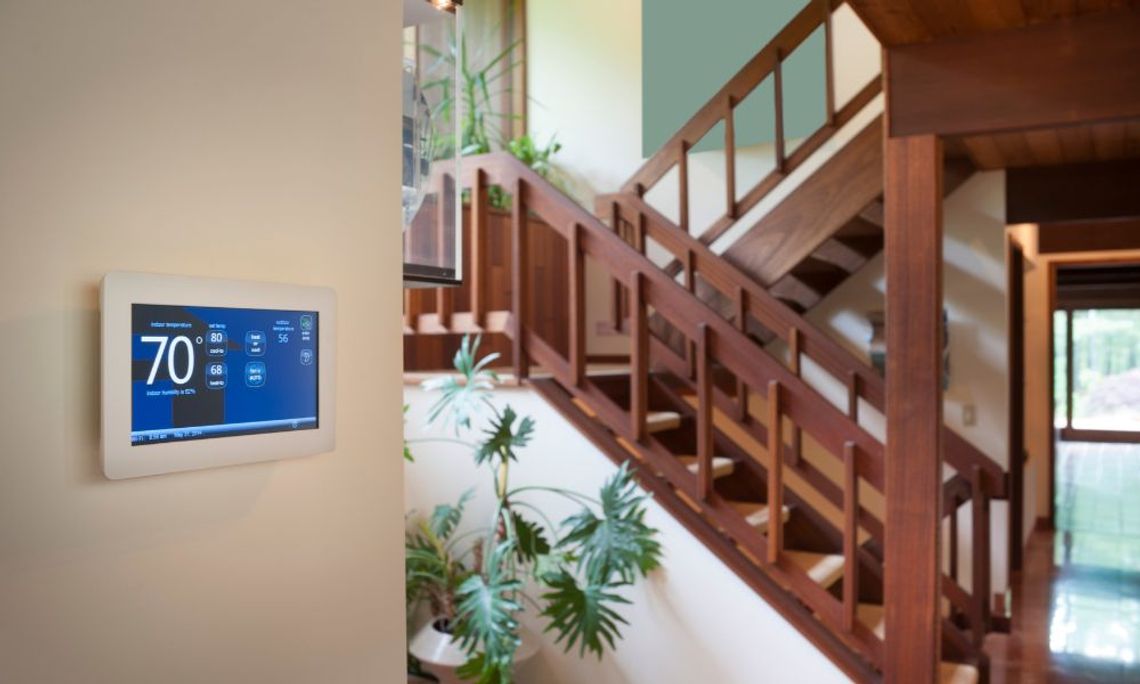A house needs many things to keep it warm in the winter and cool in the summer. But one of the most important things is a good thermostat. A thermostat controls the temperature by turning the heating and cooling systems on and off as needed.
Smart thermostats are a newer type of thermostat that offers some additional features and benefits over traditional thermostats. Let’s look at how smart thermostats work and some of their key benefits if you get one.
How Do Smart Thermostats Work?
Smart thermostats are easy to use and save money on your energy bills. They do this by learning your heating and cooling preferences and then automatically adjusting the temperature in your home based on that information.
Smart thermostats also have types of temperature transmitters that can detect when there are people in the room and adjust the temperature accordingly. This adjustment helps to save energy because you’re not heating or cooling an empty room.
In addition, smart thermostats can have mobile apps for you to control the temperature remotely from your phone. This app means that you can adjust the temperature in your home even when you’re not there.
Some smart thermostats also come with features like automatic away mode. This mode is great if you forget to turn off the heat or air conditioning when you leave the house. The thermostat will automatically detect that no one is home and adjust the temperature accordingly.
Benefits of Smart Thermostats
There are many benefits to using a smart thermostat in your home.
One of the biggest benefits is that they can help you save money on your energy bills. Smart thermostats are energy efficient and can help you reduce your energy consumption.
Another benefit of smart thermostats is that they’re convenient. With a smart thermostat, you can remotely control the temperature in your home using a mobile app.
Finally, smart thermostats are also easy to use. They come with clear instructions and are user-friendly.
Should My House Have a Smart Thermostat?
There are a few things to consider before installing a smart thermostat in your home.
One of the most important things to consider is whether your home is compatible with a smart thermostat. Smart thermostats require a central heating and cooling system and won’t work with window air conditioners or space heaters.
Another thing to remember is that smart thermostats can be more expensive than traditional thermostats. However, the money you save on your energy bills may offset the initial cost of the thermostat.
Finally, you’ll need to decide if you’re comfortable with having a smart device in your home. Some people are concerned about privacy and security regarding smart devices. If you’re unsatisfied with a smart thermostat, it’s probably not right for you.
These are a few things to know about how smart thermostats work before installing one in your home. Smart thermostats offer many benefits, but they’re not right for everyone. Consider your needs and make the best decision for you and your family.


Comment
Comments